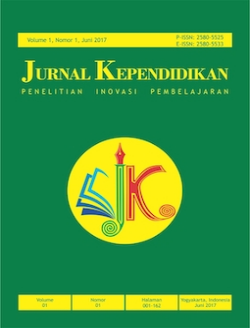Aligning pedagogy with attitudes
Exploring the impact of teaching methods on population and environmental literacy in social science education
Downloads
This study examines the impact of aligning teaching methods with student attitudes on population and environmental literacy within the context of social science education. Employing a quasi-experimental design with a 2×2 factorial framework, the study involved 80 twelfth-grade students categorized by attitude levels (high and low). Two instructional strategies, problem-solving, and conventional methods were applied to teach population and environmental issues, such as the causes of flooding in Bekasi, Indonesia due to unmanaged waste and governmental initiatives like clean river projects The findings reveal that: (1) the conventional method generally yields better outcomes than the problem-solving method in improving literacy; (2) students with high attitudes benefit more from conventional teaching; (3) students with low attitudes perform better with the problem-solving approach; and (4) a significant interaction exists between teaching method and student attitude in influencing literacy outcomes. These results emphasise the importance of pedagogical differentiation based on learner profiles. Tailoring instructional approaches to student attitudes can enhance conceptual understanding and engagement in addressing population and environmental challenges through social science education.
Downloads
Copyright (c) 2025 Jurnal Kependidikan Penelitian Inovasi Pembelajaran

This work is licensed under a Creative Commons Attribution-NonCommercial-ShareAlike 4.0 International License.
The authors submitting a manuscript to this journal agree that, if accepted for publication, copyright publishing of the submission shall be assigned to JK. However, even though the journal asks for a copyright transfer, the authors retain (or are granted back) significant scholarly rights.
The copyright form should be signed originally and sent to the Editorial Office through email to jk@uny.ac.id
Download HERE

Jurnal Kependidikan by http://journal.uny.ac.id/index.php/jk is licensed under a Creative Commons Attribution-ShareAlike 4.0 International License.




























